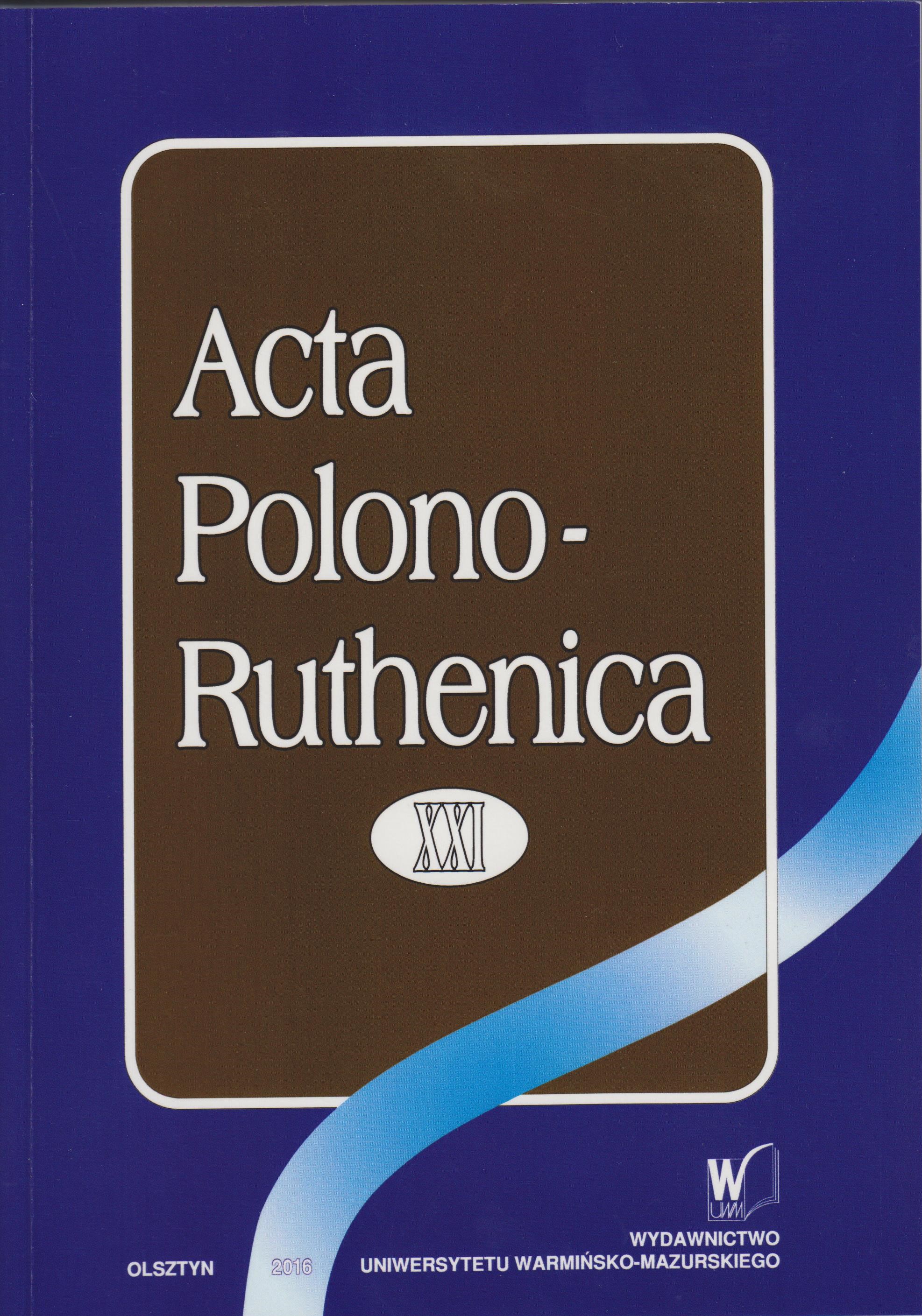Nazwy zawodów oraz stanowisk świeckich i kościelnych w toponimach dzierżawczych na dawnych Kresach
południowo-wschodnich w wiekach XVI-XIX
Names o f professions and positions o f secular and ecclesiastical possessive toponyms in the former south-eastern borderlands in the 16th-19th century
Author(s): Teresa PluskotaSubject(s): Language and Literature Studies, Applied Linguistics
Published by: Wydawnictwo Uniwersytetu Warmińsko-Mazurskiego w Olsztynie
Keywords: Place names; Borderlands south-east; 16th-19th century; names of professions;
Summary/Abstract: Multiculturalism of the former south-east borderlands is also reflected the local nomenclaturewhich is often geographically diverse. Possessive names with suffixes -ov, -in, especially with-(ov)ka form a significant group of toponyms which have emerged over the centuries. -ovka affixwas productive in the seventeenth and eighteenth century. It created a lot of new names of places,still new language versions of professions emerged, such as Polish bednarz, tokarz et al. Amongprofession-derived toponyms there are many place names in which we can just clearly determineUkrainian and Polish stems, conf. Popowka, Xiędzówka, and those in which such differentiation isnot so clear, e.g. Kowalowka. The paper shows both the groups. The assumed research period(16th-19th c.) allows in turn to show some changes in a given group of toponyms such as theemergence of variants of Polish names which fall within the toponymy as the Polish influenceswere broadening eastwards and polonisation was progressing in the 17th and 18th century.
Journal: Acta Polono-Ruthenica
- Issue Year: 2016
- Issue No: XXI
- Page Range: 67-75
- Page Count: 9
- Language: Polish

